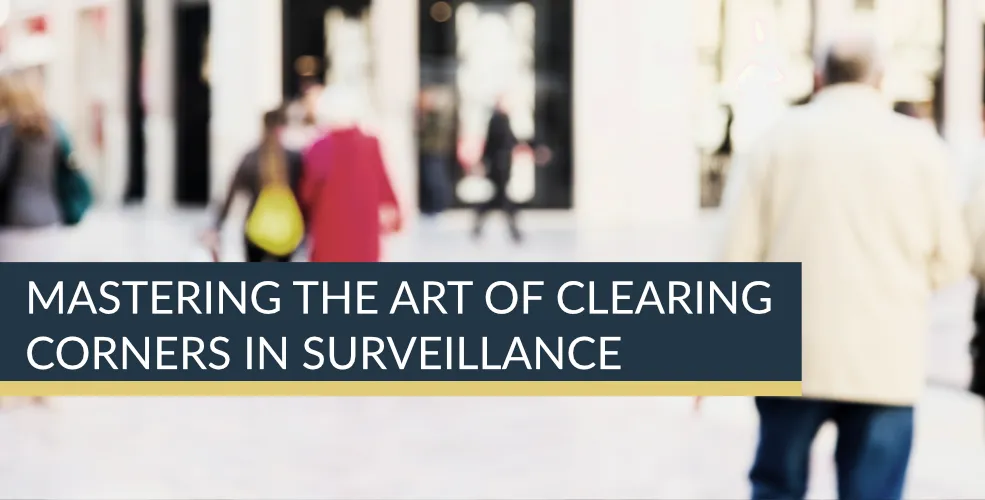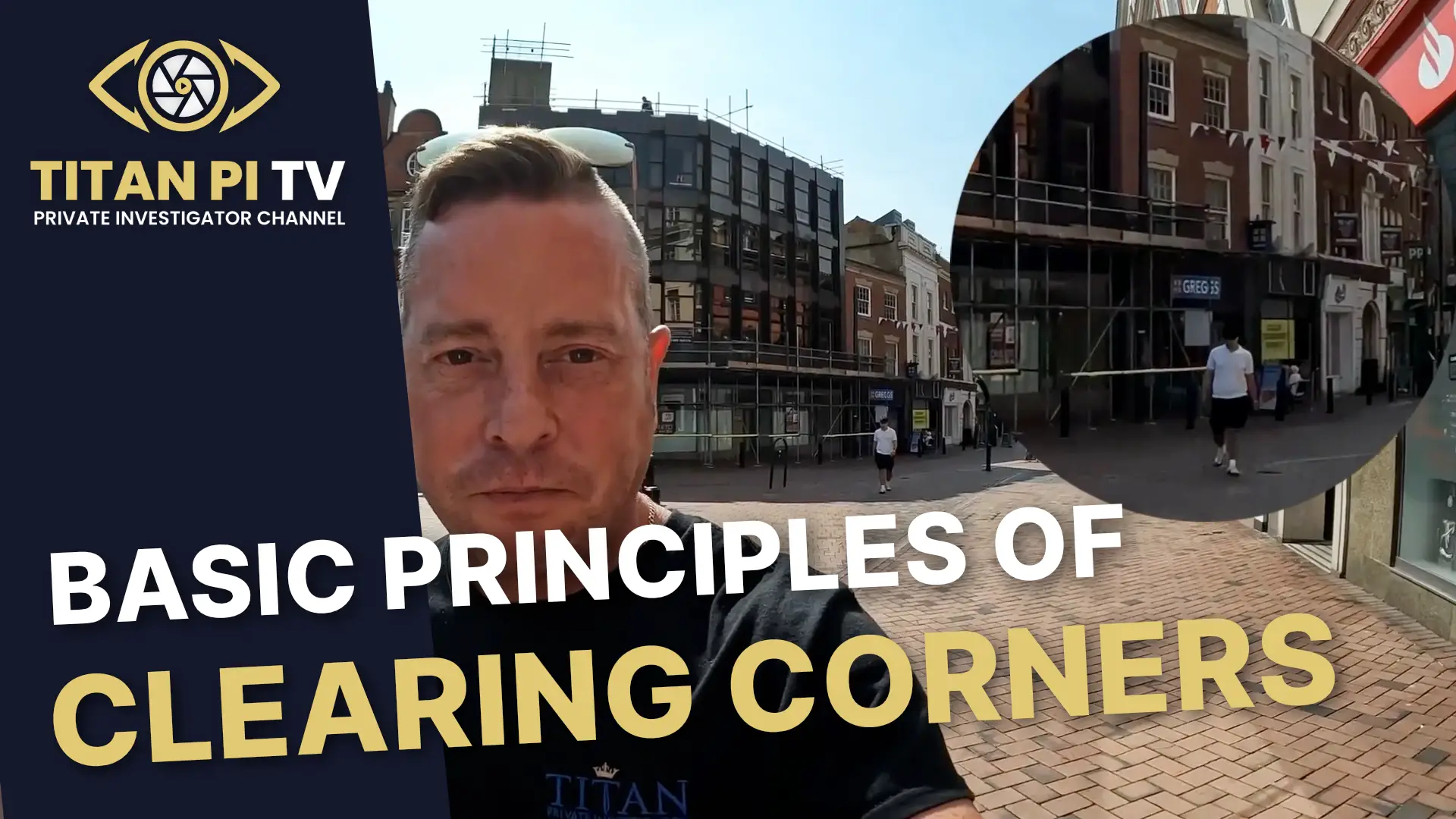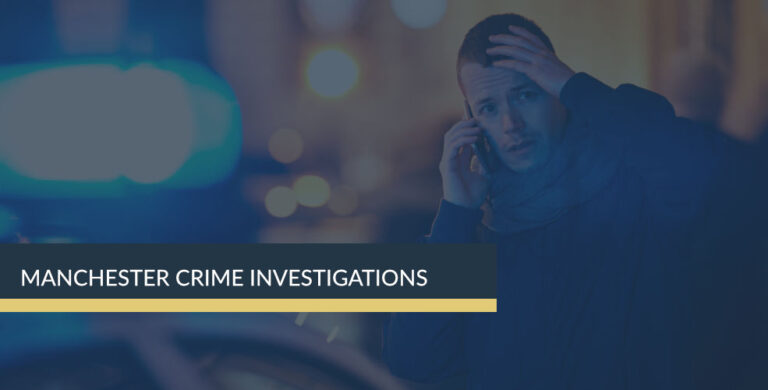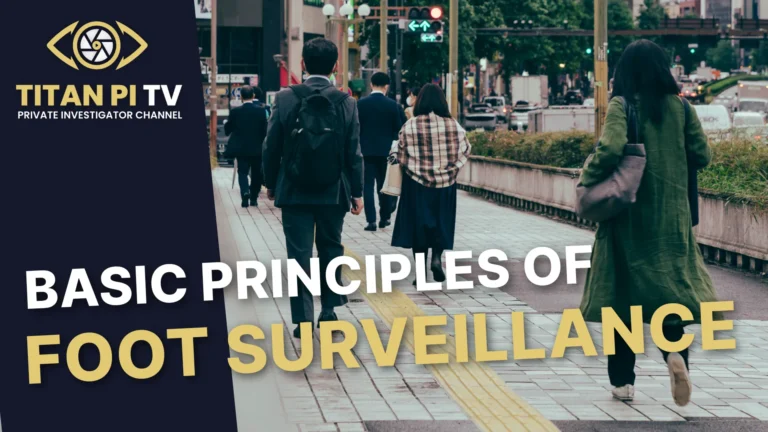Mastering the Art of Clearing Corners in Surveillance
Basic principles of Clearing Corners
In the world of surveillance, success often hinges on the smallest details. One such critical aspect is the practice of “clearing corners,” a technique that can make the difference between a successful operation and a compromised one. This technique, while seemingly straightforward, requires a deep understanding of both the environment and the human behaviour involved. In this article, we will explore the fundamental principles of clearing corners, providing insight into how surveillance teams maintain their cover and gather intelligence while navigating the unpredictable nature of the field.
What is Clearing Corners?
Clearing corners is a tactical maneuver employed by surveillance teams to minimize exposure and maintain the element of surprise while following a subject. The term refers to the process of cautiously navigating around corners or obstacles where visibility is limited, ensuring that the subject being surveilled is not alerted to the presence of the surveillance team.
The essence of clearing corners lies in the ability to predict and control the line of sight. When a subject rounds a corner, the surveillance operative must decide whether to follow directly or to momentarily halt, assess the situation, and ensure that the subject hasn’t stopped just around the bend to check for followers. This decision is critical, as it determines whether the surveillance team remains undetected or inadvertently reveals their presence.
The Importance of Clearing Corners
Clearing corners is crucial for several reasons:
- The Walk Past and Clear
One common method involves the surveillance operative walking past the corner without immediately following the subject. By walking a few steps beyond the corner, the operative can briefly assess the situation—looking for reflections, shadows, or any indication that the subject has stopped just around the bend. If the coast is clear, the operative can then resume the pursuit, ensuring they remain undetected. - Using Reflections and Shadows
In urban environments, where glass windows and reflective surfaces are common, operatives can use reflections to their advantage. By carefully observing reflections in windows or other surfaces, an operative can gather information about what lies around the corner without physically exposing themselves. Shadows can also serve as a useful indicator, revealing the presence of the subject or other potential obstacles. - Coordinated Team Effort
In urban environments, where glass windows and reflective surfaces are common, operatives can use reflections to their advantage. By carefully observing reflections in windows or other surfaces, an operative can gather information about what lies around the corner without physically exposing themselves. Shadows can also serve as a useful indicator, revealing the presence of the subject or other potential obstacles. - Utilising Choke Points
A choke point is a narrow passageway or confined area where the subject has limited options for movement. Surveillance teams may use these points to their advantage by positioning operatives at strategic locations to clear corners and observe the subject’s behaviour. If the subject enters a choke point, the team can better predict their movements and plan their next steps accordingly.
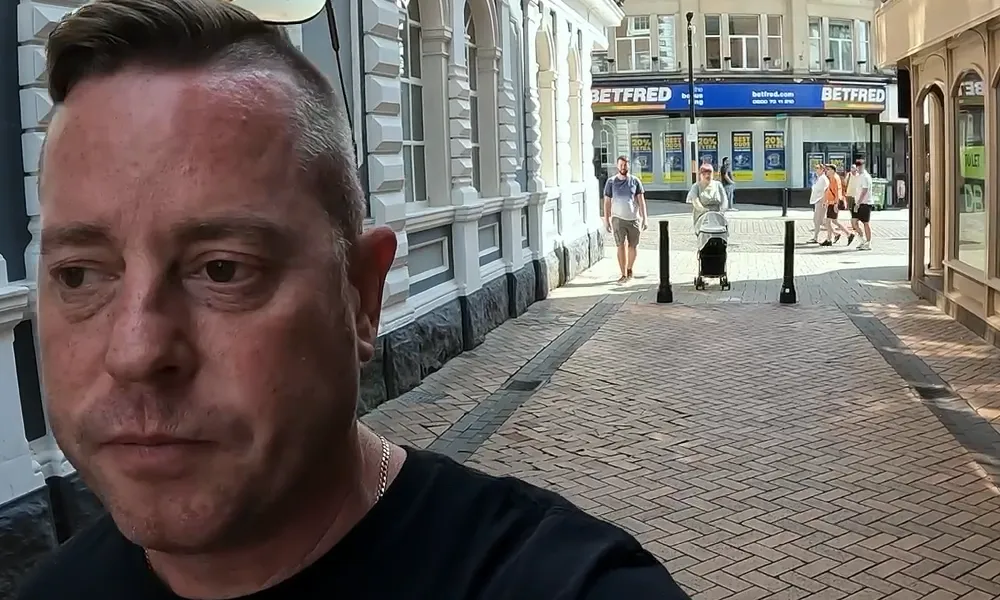
Real-World Application: A Case Study
To illustrate the importance of clearing corners, let’s consider a scenario involving a surveillance team following a subject through a busy city centre. The subject, aware of the possibility of being followed, frequently glances over their shoulder and takes unpredictable routes.
At one point, the subject turns down a narrow alleyway—a potential choke point. The lead operative, rather than immediately following, walks past the entrance of the alley, using a nearby shop window to observe the reflection of the alley. This cautious approach reveals that the subject has stopped just around the corner, likely attempting to identify any pursuers.
Recognising this, the operative signals to the rest of the team, and they decide to momentarily halt their pursuit, allowing the subject to move further into the alley. Once the subject resumes walking, the team continues the surveillance, confident that they have avoided detection.
In this scenario, the operative’s decision to clear the corner rather than follow blindly preserved the integrity of the operation, allowing the team to continue gathering intelligence without alerting the subject.
Common Pitfalls in Clearing Corners
While the principles of clearing corners are straightforward, there are several common pitfalls that can jeopardize a surveillance operation:
- Rushing the Corner
One of the most common mistakes is rushing the corner. In an attempt to maintain visual contact with the subject, operatives may hastily round a corner without properly assessing the situation. This impulsive action can lead to unnecessary exposure and, in some cases, immediate detection. - Over-reliance on Technology
While technology can assist in surveillance operations, over-reliance on devices such as GPS trackers or drones can lead to complacency. Clearing corners is a skill that requires situational awareness and critical thinking—attributes that cannot be fully replaced by technology. Operatives must strike a balance between utilising technological tools and relying on their training and instincts. - Failure to Coordinate
In team-based surveillance, poor communication and coordination can result in operatives inadvertently exposing each other. For example, if one team member clears a corner without informing the others, it could lead to multiple operatives converging on the same spot, increasing the risk of detection. Effective communication is essential to ensure that all team members are on the same page and that corners are cleared systematically.
The Subtle Art of Surveillance
Clearing corners is more than just a tactical manoeuvre—it is a subtle art that requires a deep understanding of human behaviour, environmental awareness, and teamwork. Whether operating in a bustling city or a quiet rural area, the principles of clearing corners remain the same: minimise exposure, assess the situation, and adapt to the subject’s movements.
For surveillance professionals, mastering the art of clearing corners is an essential skill that can determine the success or failure of an operation. By employing the techniques discussed in this article and avoiding common pitfalls, operatives can enhance their ability to conduct covert surveillance while remaining undetected.
As with all aspects of surveillance, practice and experience are key. The more operatives hone their skills in clearing corners, the more intuitive the process becomes—allowing them to operate effectively in even the most challenging environments.
Clearing Corners & Surveillance Basics, find out more
For further advice and information in regard to Clearing Corners and Titan’s surveillance training courses, then please feel free to speak to one of our professional team at one of the offices nearest to you.
London Surveillance Operative Training – Call the Titan Investigations London Office 020 39046622
Birmingham Surveillance Operative Training – Call the Titan Investigations Birmingham Office 0121 7162442
Cambridge Surveillance Operative Training – Call the Titan Investigations Cambridge Office 01223 662022
Derby Surveillance Operative Training – Call the Titan Investigations Derby (Head Office) 01332 504256
Leeds Surveillance Operative Training – Call the Titan Investigations Leeds Office 0113 4574066
Leicester Surveillance Operative Training – Call the Titan Investigations Leicester Office 0116 2436520
Nottingham Surveillance Operative Training – Call the Titan Investigations Nottingham Office 0115 9646950
Manchester Surveillance Operative Training – Call the Titan Investigations Office 0161 3023008
Sheffield Surveillance Operative Training – Call the Titan Investigations Sheffield Office 0114 3499400
Truro Surveillance Operative Training – Call the Titan Investigations Truro Office 01872 888706
Alternatively, you can contact us directly using our fully confidential contact form at enquiries@titaninvestigations.co.uk or chat directly using our Live Chat facility and one of our surveillance training course team will get right back to you.

